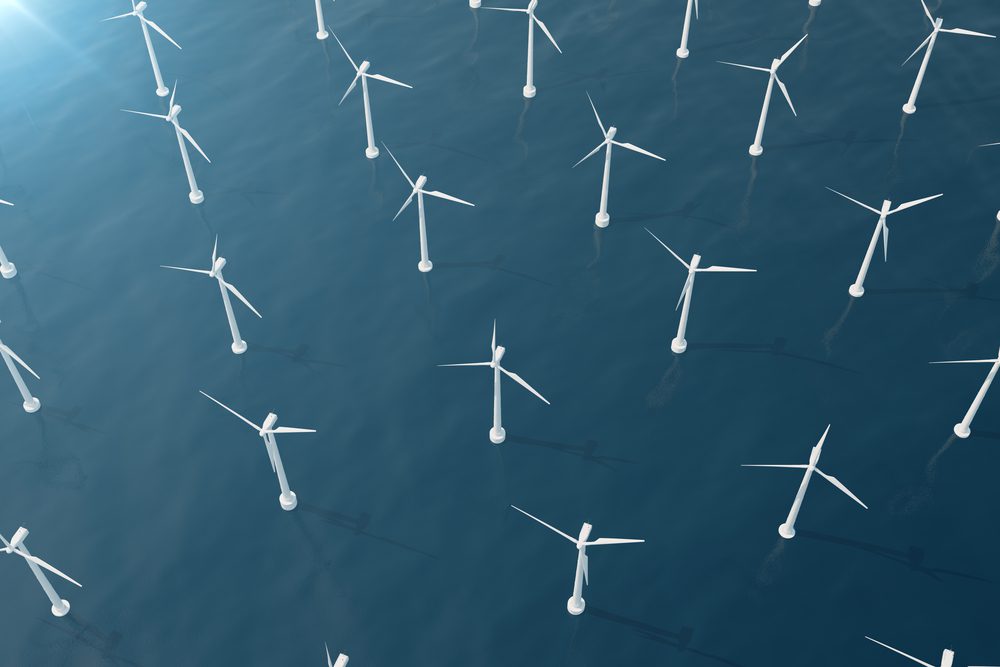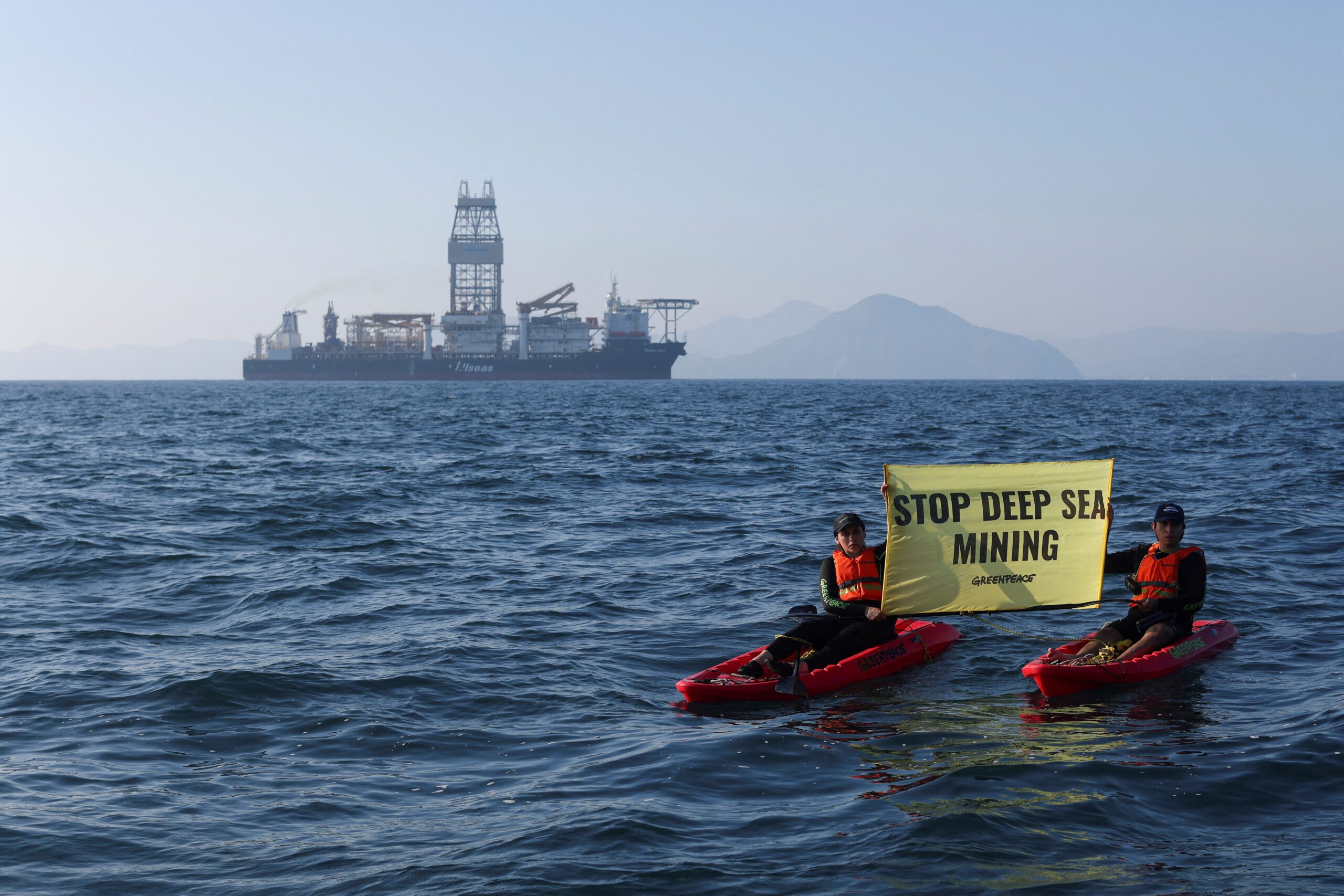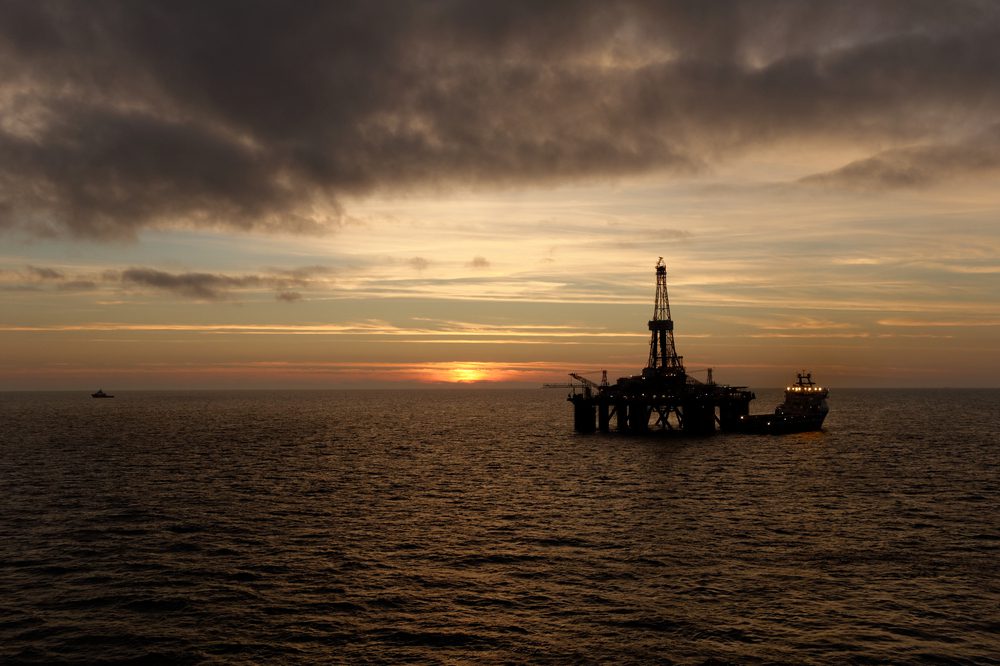(Bloomberg) — China has rebuilt a substantial pipeline of offshore wind projects as the sector recovers from a slowdown that followed the end of national subsidies in 2021, according to Global Energy Monitor.
The country now has about 28 gigawatts of capacity under construction, compared with around 43 gigawatts in operation, researchers said in a new report. Projects under construction represent about 41% of China’s planned development. Globally, work has started on just 2% of such blueprints, researchers said.
Installations this year are expected to rise to 9.6 gigawatts, the most since 2021 and a more than a 50% jump from last year, according to BloombergNEF.
The three-year slowdown has put the sector at risk of missing medium-term targets. The country is expected to end the year with 53.4 gigawatts of offshore turbines, according to BNEF, just short of a combined goal of 54 gigawatts across all provinces. That’s in stark contrast to onshore wind and solar, which have already shattered a 2030 target for installations.
One hurdle China’s offshore wind developers have run up against is the military, which has vast coastal interests but keeps the information tightly guarded. Developers can spend months doing preliminary engineering work on a site before discovering it’s restricted, according to BNEF.
Still, the offshore wind sector has fared better than elsewhere, as rising costs, worsening market conditions and policy reversals force developers to cancel or delay projects and scale back operations. China is expected to account for 72% of global offshore capacity this year, according to BNEF.
The country has been able to expand its pipeline — and a global leadership position — in part because provinces have approved large-scale projects, allowing lower costs through economies of scale, and because companies have developed more powerful turbines, reducing the foundations that need to be installed, according to GEM.
Offshore wind accounts for only a fraction of the country’s total wind power capacity, but it could become instrumental in decarbonizing coastal provinces that are home to some of the world’s largest cities and industrial hubs.
© 2025 Bloomberg L.P.

 Join The Club
Join The Club











